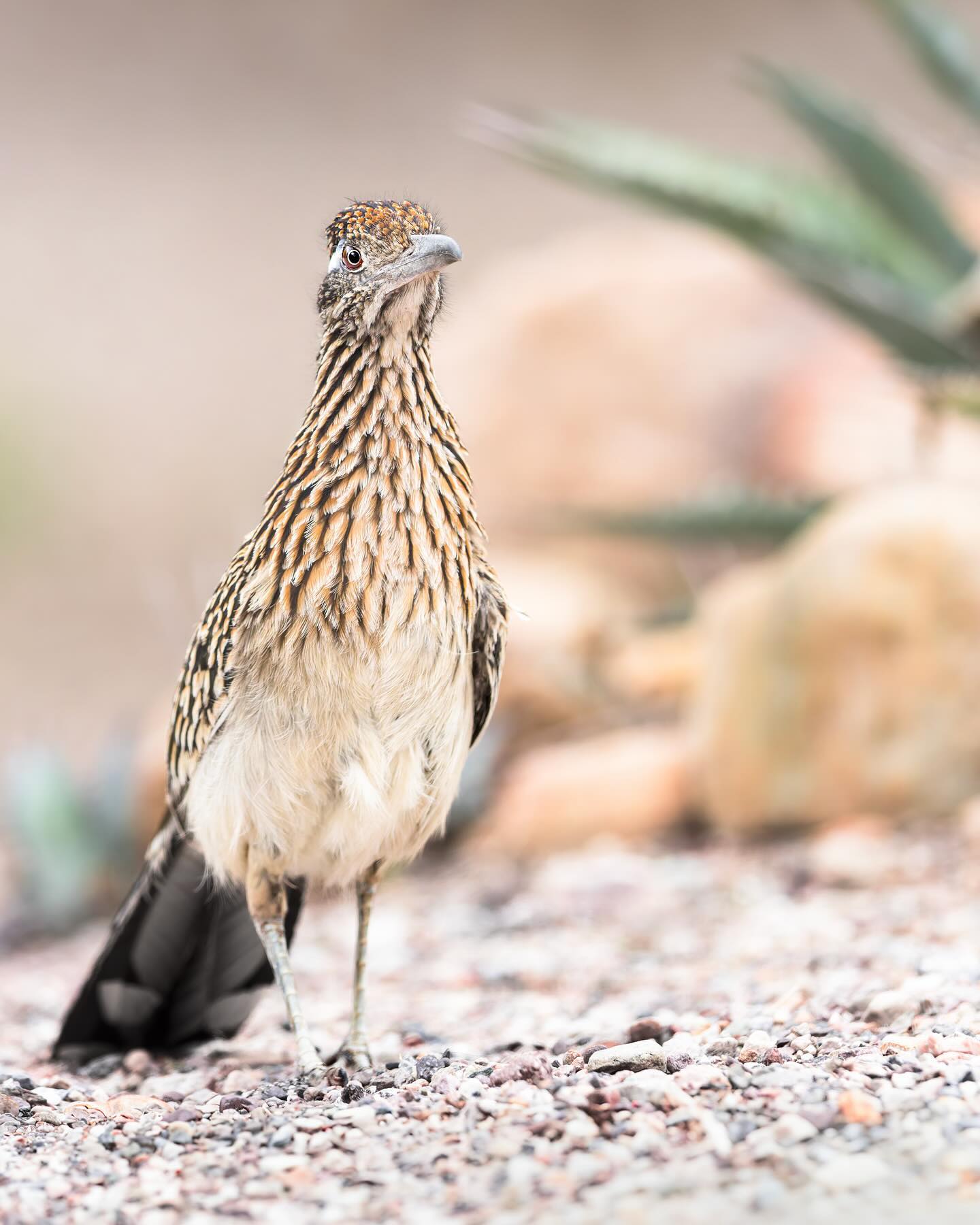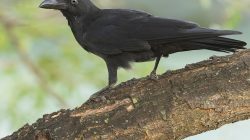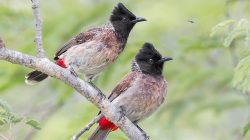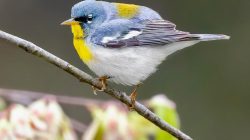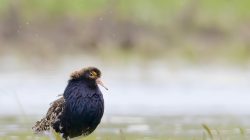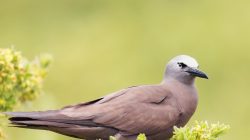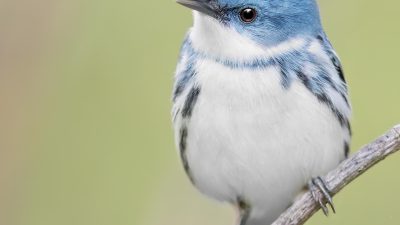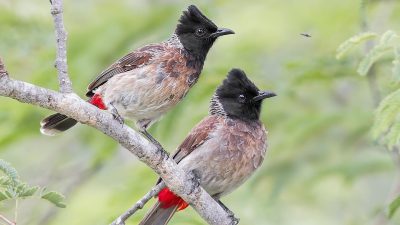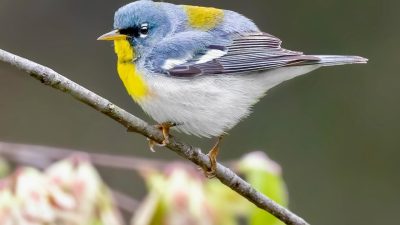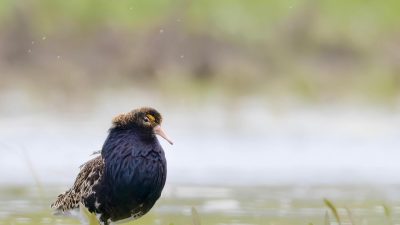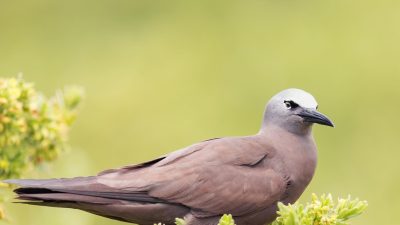The Greater Roadrunner (Geococcyx californianus): A Detailed Exploration
Diajar.net –The Greater Roadrunner, scientifically named Geococcyx californianus, is a fascinating bird species belonging to the cuckoo family, Cuculidae. The genus name “Geococcyx” derives from Greek, where “geo” means “earth” and “coccyx” refers to “cuckoo,” referring to the bird’s resemblance to cuckoos in its long tail and unique calls. The species name “californianus” is derived from California, though the bird is found beyond this state as well, particularly in the southwestern United States and parts of Mexico. The bird’s name evokes an image of a road-running bird, which is a fitting description for this swift, terrestrial species.
The common name “Roadrunner” comes from its tendency to run along roads and highways in search of food, often visible dashing across the desert or rural roads at surprising speeds. The name captures the essence of the bird’s behavior and habitat, distinguishing it from its relatives in the cuckoo family, which are more arboreal and often seen perched in trees.
Appearance
The Greater Roadrunner is a distinctive bird with a highly recognizable appearance. Adult roadrunners typically measure around 20 to 24 inches (50 to 61 cm) in length, including their tail, and have an average wingspan of about 18 inches (45 cm). Their overall body shape is long and sleek, with a combination of features that make them look quite different from many other birds.
The plumage is a mix of brown, black, and white, giving the roadrunner a mottled, camouflaged appearance that blends well with its desert environment. Its feathers are somewhat ruffled, especially around the neck and upper body, creating a distinctive spiked crest on top of the head. This crest, which can be raised or lowered depending on the bird’s mood, is a key identifying feature of the roadrunner.
One of the bird’s most striking features is its long, pointed tail, which is often held cocked upward. This tail serves not only as a balance aid while running but also as a tool for communication. The Roadrunner’s bill is long, straight, and sharp, perfectly suited for catching prey, and its legs are long and muscular, optimized for running rather than perching or flying.
The eyes of the Greater Roadrunner are bright yellow, which contrasts against its dark feathered body. The bird’s large, rounded eyes are well-adapted for spotting prey from a distance. The overall appearance of the roadrunner is one of agility and efficiency, with its body adapted to a life spent mostly on the ground in harsh, arid environments.
Distribution
The Greater Roadrunner is native to the southwestern United States, primarily found in the deserts and scrublands of California, Arizona, New Mexico, Texas, and parts of Nevada and Utah. It also ranges into northern Mexico, particularly in the Sonoran Desert region. While it is often associated with the American southwest, it is less common in the higher mountain regions or areas with heavy rainfall. The bird thrives in arid and semi-arid environments, where it can find open spaces for running and access to its preferred food sources.
The roadrunner is often found in areas with dense scrubby vegetation, where the open ground allows it to dash after prey, but also provides enough cover to avoid predators. These birds have adapted well to human-altered landscapes, often seen in agricultural fields, roadsides, and urban outskirts, where they may forage for food.
Though the Greater Roadrunner’s range is extensive in the southwestern United States, it tends to be somewhat localised, preferring certain ecological niches over others. In particular, it is found in desert valleys, plains, and brushlands, but does not inhabit the dense forests or the high mountains of the region.
Geography
The Greater Roadrunner is primarily associated with the deserts of North America. Geographically, it is most abundant in the desert areas of the American Southwest, including the Mojave, Sonoran, and Chihuahuan deserts. These deserts provide the perfect environment for the bird’s lifestyle, offering vast expanses of open ground for running, as well as an abundance of smaller animals to feed on.
In addition to its habitat in the United States, the bird’s range extends into Mexico, specifically in the northern regions of the country. The Sonoran Desert, which spans both the southern United States and parts of Mexico, is one of the most important habitats for the roadrunner. The bird’s adaptability to a variety of desert landscapes, including those with sparse vegetation or low-lying shrubs, allows it to occupy a wide geographical area.
Despite its wide distribution, the Greater Roadrunner prefers to stay in habitats with minimal human disturbance, though it has also adapted to urban environments. Over time, the bird’s range has been slightly altered by urban sprawl, agricultural development, and changes in water availability, all of which have influenced its geographical distribution.
Habits and Lifestyle
The Greater Roadrunner is a terrestrial bird that spends most of its time running along the ground. Unlike many bird species that are known for their ability to fly, roadrunners are more famous for their speed and agility on the ground. The bird can run at speeds of up to 20 miles per hour (32 kilometers per hour) and can easily outrun many predators. This incredible speed is facilitated by its long legs and streamlined body.
Roadrunners are primarily diurnal, meaning they are active during the day. They are solitary animals, typically seen alone, though they may engage in limited social interactions, especially during the breeding season. Unlike many birds that prefer to stay perched in trees, the roadrunner spends little time in flight. It uses short flights to escape immediate danger or to reach elevated vantage points, but these flights are brief, and the bird quickly returns to the ground to forage or chase prey.
The bird’s call is a distinctive cooing or clattering sound, which is often used in communication between individuals or as a warning signal. Roadrunners also have an interesting ritual when facing threats: they may puff out their feathers, raise their crest, and make loud noises to intimidate potential predators.
Diet and Nutrition
The Greater Roadrunner is an omnivore, though it primarily feeds on small animals, including insects, reptiles, and small mammals. Its diet includes a variety of prey, such as grasshoppers, beetles, scorpions, lizards, small snakes, and even young birds. Roadrunners are highly opportunistic hunters, and their diet reflects the abundance of prey available in their environment.
One of the bird’s most remarkable feeding habits is its ability to take on venomous prey, such as scorpions and some species of snakes. The roadrunner has developed a unique strategy for neutralizing venomous animals: it strikes its prey repeatedly on the ground, stunning or killing it before consumption. The bird is known to have an exceptional tolerance to venom, making it an apex predator in its desert environment.
The roadrunner has also been observed hunting in a cooperative manner with other species, particularly when hunting larger prey or when there are more birds around. Despite being solitary most of the time, the bird’s adaptability and versatility in hunting give it a significant advantage in the harsh environments it inhabits.
Population
The population of the Greater Roadrunner is generally considered stable across its range. However, it is not without threats. While the bird is not currently classified as endangered, changes to its habitat, such as urbanization, climate change, and habitat degradation, could pose challenges in the future. The bird is also subject to predation by larger carnivores, such as coyotes and hawks, which can impact its population in certain areas.
In many parts of its range, the roadrunner is common and even frequently encountered by humans. Its ability to adapt to different environments, including urban and agricultural areas, has allowed it to thrive in certain regions, particularly in the southwestern United States.
Roadrunner populations are particularly abundant in areas with relatively undisturbed habitats. However, the increasing human footprint in desert regions poses a potential risk to their future stability. As long as the bird’s habitat is maintained, the population is likely to remain stable, but any large-scale changes to the desert environment could lead to localized declines.
Number of Populations
There is no exact estimate of the total number of Greater Roadrunners, but the bird is generally considered widespread across its range. The bird’s population is not considered to be at risk of extinction, but localized declines may occur due to habitat destruction or other environmental factors. In some areas, especially near urban centers, roadrunner populations may be more concentrated due to available food sources, such as discarded human food and pests.
While the overall population is not in decline, the exact number of individual birds varies by location. In some areas, such as the Sonoran Desert, roadrunners are common and thrive, while in others, such as more developed regions, their populations may be smaller. The bird’s ability to adapt to both natural and modified environments is one of the key reasons for its widespread presence.
Conservation
The Greater Roadrunner is not currently listed as a species at risk of extinction. However, like many desert-dwelling species, it faces potential threats from habitat destruction, climate change, and human encroachment. The primary conservation concern for the species is the degradation of its desert habitat. Urbanization and agricultural development have led to the fragmentation of many of the bird’s natural environments, particularly in the southwestern United States.
Conservation efforts for the Greater Roadrunner focus on protecting its natural habitat and minimizing human impact in desert regions. By preserving the bird’s habitat, especially in areas where it is most abundant, it is possible to maintain healthy populations of roadrunners. In some areas, conservationists are working to ensure that desert ecosystems remain intact and are managed in a way that supports the survival of native species like the roadrunner.
Additionally, as climate change alters the desert environment, it is important to monitor changes in temperature and precipitation patterns that could affect the availability of food and suitable nesting sites. Habitat restoration efforts and responsible land management are key components of ensuring the continued survival of the Greater Roadrunner in the wild.
In conclusion, the Greater Roadrunner is a fascinating bird that has captured the imagination of many due to its distinctive appearance, remarkable speed, and ability to thrive in harsh desert environments. With ongoing conservation efforts and careful attention to habitat preservation, the Greater Roadrunner is likely to remain a prominent species in the American Southwest for generations to come.
